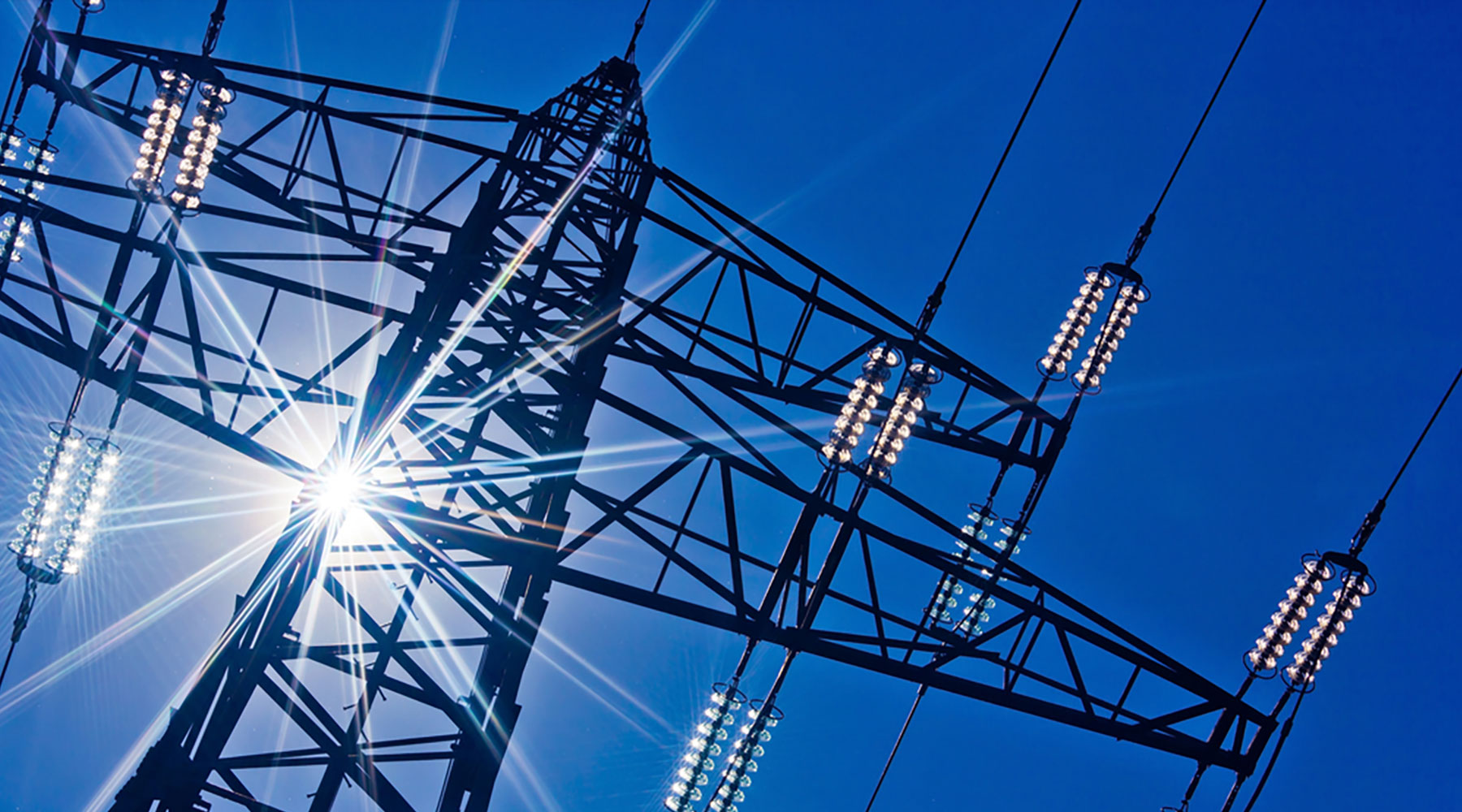Planning & Operations Analytics
When considering DER analytics and insight solutions, utilities should consider these factors:

Automate PV operation assessment with historical time-series data and forecasts
Rapid growth of behind-the-meter PV is making utility operators think twice about old assumptions and predictable load characteristics. “Load” as seen by operators may contain hidden solar production, making it less predictable and more variable than expected. The ideal solution provides short-term operational load forecasts for behind-the-meter PV fleets that are automatically updated with recent interconnections. By accurately disaggregating distributed PV generation from load in historical data for planning and in real-time for operations, utilities improve short, medium and long-term decision-making.

Leverage historical DER adoption data to account for DER growth and enhance medium- and long-term load forecasts
Annual or semiannual load forecasting is foundational to utility planning efforts. Medium- to long-term load forecasts feed into other important utility efforts such as distribution planning, resource planning and rate cases. That’s why it’s so important to account for DER growth as part of the load forecast. Part of that accounting is to establish a baseline of true load, distinct from behind-the-meter PV production.
Many utility load forecasts today don’t explicitly account for DER growth, instead relying on old assumptions about load growth alone. PV production reduces apparent load and also changes the load shape. Accounting for PV and other DER adoption and operation in the load forecast increases trust in the load forecast and downstream planning processes.

Reduce reporting burdens like hosting capacity analysis through automation
For many utilities, hosting capacity analysis (HCA) is a manual process performed by the distribution engineering team. Because HCA requires significant engineering effort, it is often out of date or not performed at all, resulting in interconnection applications that get delayed often resulting in a confusing experience for the end-customer.
Utilities can solve this problem by integrating and automating the connection between their DER interconnection system-of-record and their distribution engineering software tool. Automated HCA and interconnection application technical screens not only save valuable time for utility engineering teams, but also improve the customer experience.
Clean Power Research’s cloud-based software products—including FleetView®, PowerClerk® and PowerClerk® Analytics—provide a solution for utilities to de-silo DER data and deliver critical insights to engineers, planners, load forecasters and operators.
Go behind-the-meter and gain unprecedented insight into the impact of distributed PV on grid operations. Using PV system specifications and SolarAnywhere® data, FleetView models and forecasts production of distributed PV fleets to cost-effectively support utility and ISO planning and load-balancing requirements.
- Leverage SolarAnywhere data to simulate every PV system using a highly-accurate production model that can be applied to the entire balancing area or to operation of a single smart meter
- Scale to the size of your solar fleet, from a single feeder to the entire balancing area
- Integrate data easily into your existing processes via the SolarAnywhere API or Secure File Transfer Protocol (SFTP)
- Link with PV system specifications stored in PowerClerk, or import specification information from other standardized files
Connect detailed DER system specifications and interconnection status data with teams across the utility to create value. With customizable program design, automation and integration capabilities, PowerClerk® streamlines engineering tasks such as host capacity analysis and interconnection application technical screens.
- Connect consistent, customizable and detailed DER system specification data with engineering and planning teams
- No-code configuration makes program modifications easy with minimal utility IT support
- Integrate data easily into your existing processes via the API or Secure File Transfer Protocol (SFTP)
Growing amounts of DERs on the distribution grid are causing concerns about maintaining reliability for grid operators and managing uncertainty for planners. PowerClerk Analytics helps utilities connect the dots between accurate DER data and proven engineering and planning tools.
- Seamlessly connect engineering teams with up-to-date DER data and future adoption scenarios so they can focus on analysis
- Unmask customer load from distributed solar production to increase trust in load forecasts
- Automate interconnection application technical screening and hosting capacity analysis to reduce interconnection wait times
